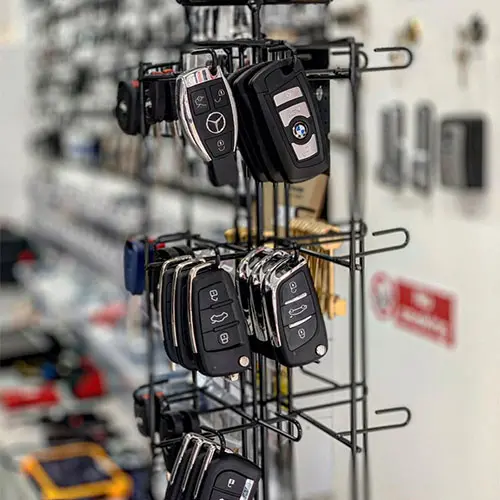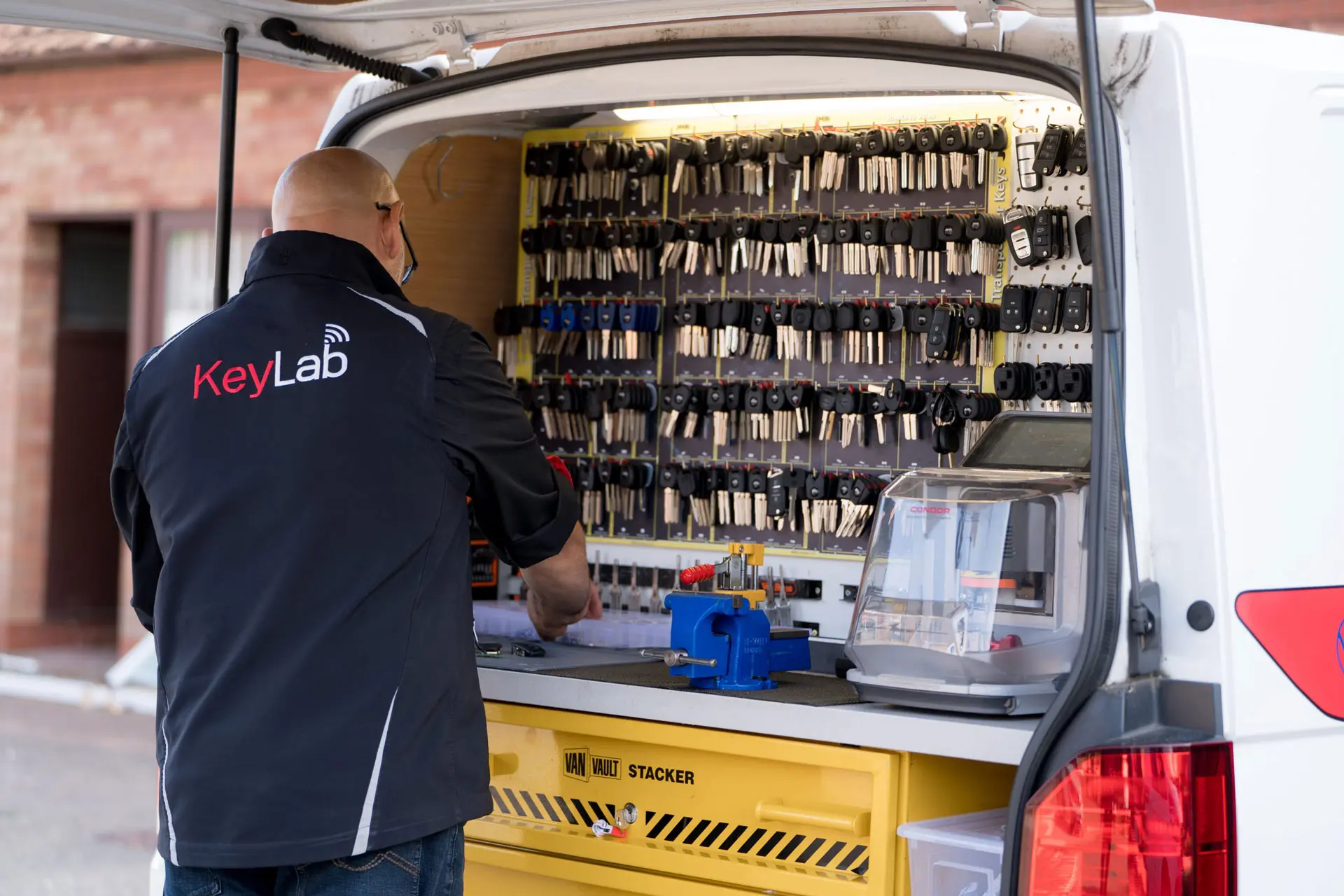
Comprehensive Guide to Door Lock Repair: Ensuring Security and Functionality
Door locks play a vital role in protecting homes and companies, offering assurance and securing important assets. Nevertheless, with time, door locks may experience breakdowns or wear out due to different aspects. This short article checks out the typical issues related to door locks, efficient repair techniques, and valuable upkeep tips for guaranteeing their durability and functionality.
Comprehending Door Lock Types
Before delving into repair techniques, it is necessary to understand the various types of door locks. Each type may present distinct issues needing different approaches to repair. The most common door lock types consist of:
| Lock Type | Description | Common Issues |
|---|---|---|
| Deadbolts | Bolt that extends into the door frame for security. | Sticking, trouble turning, misalignment |
| Knob Locks | Cylindrical lock discovered on doors. | Loose knobs, stuck key, broken springs |
| Lever Handle Locks | Lever-operated locks typically discovered in business spaces. | Handle looseness, lock cylinder concerns |
| Smart Locks | Electronic locks managed by means of app or keypad. | Connection concerns, battery failure, software application glitches |
Common Lock Problems and Repair Techniques
1. Sticking or Jammed Locks
Symptoms:
- Difficulty turning the key
- Key gets stuck
- Lock feels stiff
Repair Steps:
- Lubrication: Apply a graphite-based lube to the keyhole and key mechanism. Avoid oil-based lubricants, which can draw in dirt.
- Modification: Check if the door or lock is misaligned. Change the screws or hinge positioning as required.
- Cleansing: Remove dirt and debris from the lock cylinder utilizing compressed air or a tidy fabric.
2. Loose or Wobbly Knobs and Handles
Symptoms:
- Knobs or handles fall out of place
- Extreme movement when turning
Repair Steps:
- Tightening Screws: Using a screwdriver, tighten up the screws that hold the knob or deal with in place.
- Replacing Washers: If elements are worn, consider replacing washers or internal elements particular to the lock type.
3. Broken Key Issues
Signs:
- A key becomes stuck within the lock
- The key breaks off in the cylinder
Repair Steps:
- Retrieval: If a key breaks off, utilize a set of needle-nose pliers to thoroughly draw out the piece from the lock.
- Key Replacement: For badly harmed keys, acquire a duplicate or rekey the lock to guarantee security.
4. Misaligned Locks
Symptoms:
- The door does not close correctly
- Lock does not engage with the strike plate
Repair Steps:
- Adjust Hinges: Use a screwdriver to tighten or rearrange hinges.
- Straighten Strike Plate: If the latch bolt does not line up with the strike plate, think about moving the plate slightly to accommodate the latch.
5. Smart Lock Malfunctions
Signs:
- Lock stops working to respond to keypads or smart device apps
- Connection problems
Repair Steps:
- Battery Check: Replace the batteries within the smart lock if it shows signs of power failure.
- Software Update: Check for firmware or software application updates through the lock maker's application.
Preventive Maintenance Tips
Preserving door locks can prolong their life-span and reduce the possibility of breakdowns. Think about the following ideas for effective lock upkeep:
- Regular Lubrication: Apply graphite-based lube every 6 months to keep internal parts moving efficiently.
- Inspect Regularly: Periodically inspect locks for any indications of wear, misalignment, or damage.
- Protect Against Weather: For exterior locks, consider using weather-resistant locks and guarantee that they are frequently cleaned to remove extreme elements.
FAQ Section
1. How frequently should I alter my door locks?
It is a good idea to alter your door locks whenever you move into a brand-new home, experience a burglary, or your present locks show considerable wear. Routine evaluations can also direct prompt replacement.
2. What can I do if my lock is frozen during winter season?
Utilize a lock de-icer that is particularly designed for this circumstance. Applying heat (like a hair dryer) might also help, but beware of damaging the lock.
3. Can I repair a lock myself?
Lots of small lock concerns such as lubrication, tightening up screws, and realignment can be fixed DIY. However, if the problem is serious or needs a lock rekeying, professional assistance may be required.

4. When should I call a locksmith?
If your efforts to repair the lock fail or if you find yourself locked out, it is best to speak with an expert locksmith for support.
Investing time in understanding and performing door lock repairs can considerably enhance the security and performance of your locks. Acknowledging typical concerns and proactively resolving them, while integrating preventive maintenance practices, can ensure that your door Lock repair (hifzcollages.harkcreation.com) locks remain reputable for several years to come. Should issues persist or escalate, expert locksmith services are always readily available to secure your security needs.

